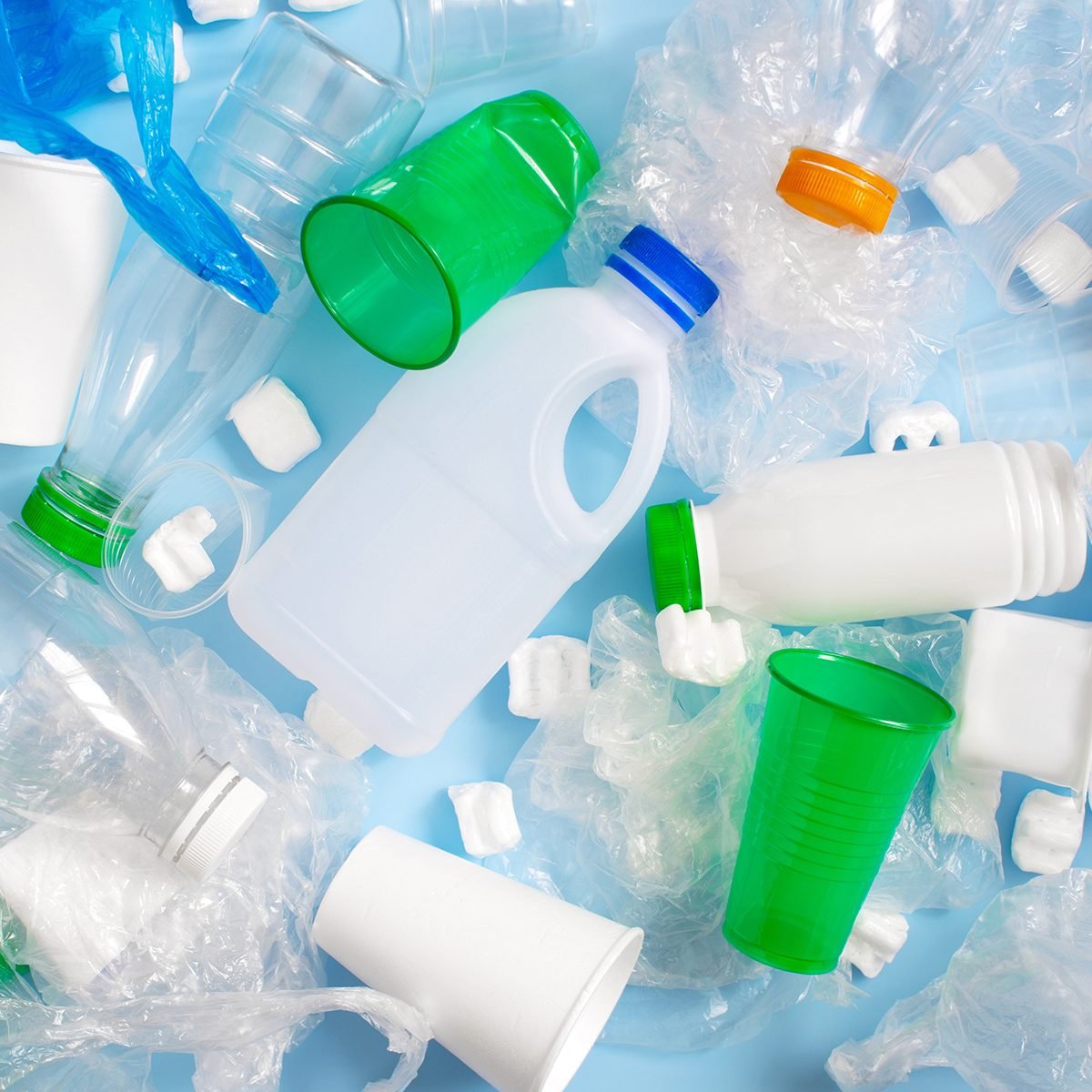
The journey of plastic
Have you ever wondered what happens once you toss that plastic bottle in a recycling bin? We talked to recycling experts who explained the journey of recycled plastic through the system, why much of it doesn’t get recycled and about how we can prevent plastic waste. Find out 15 things you shouldn’t throw in the recycling bin.
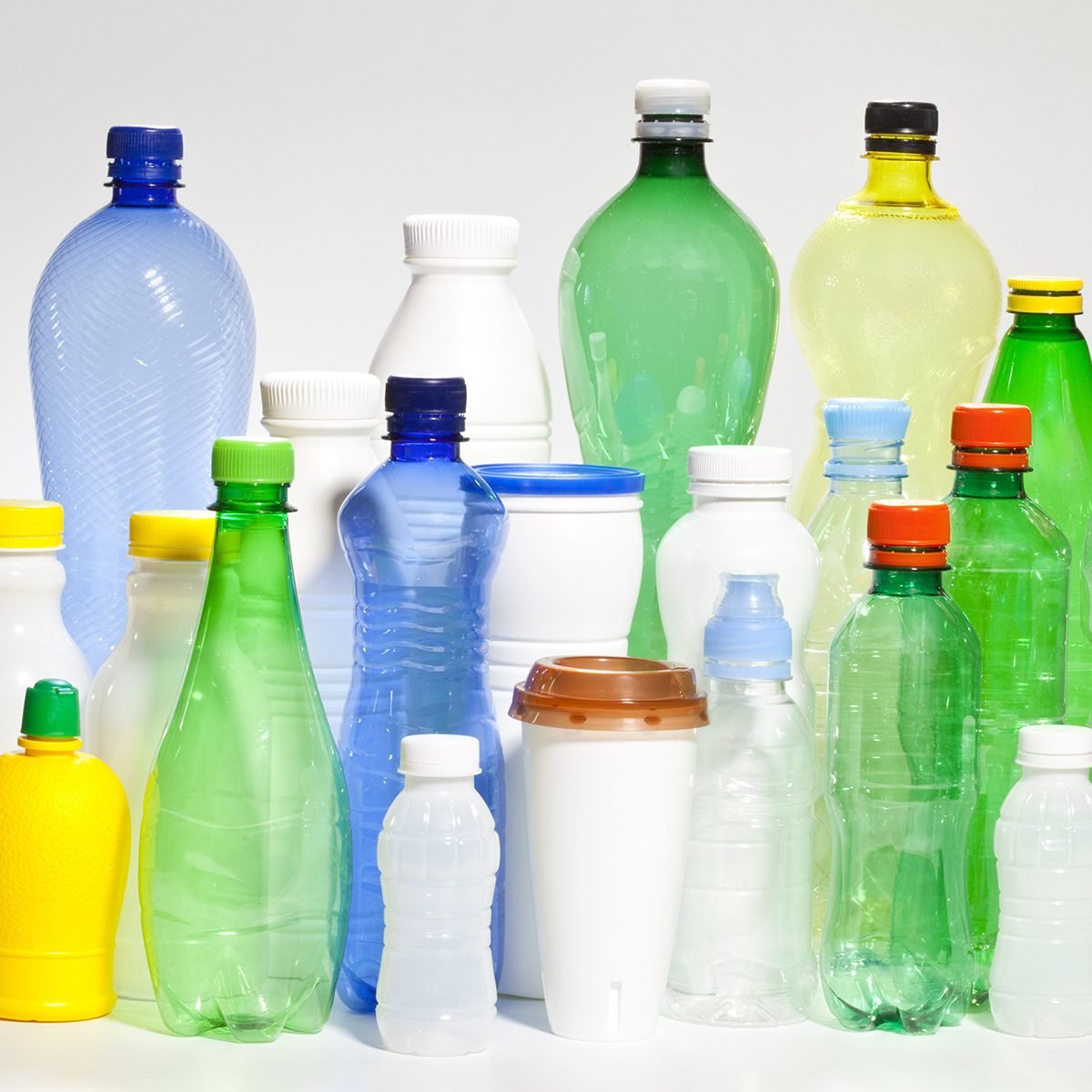
Proper recycling starts at home
While you might think any old plastic container you toss into your recycling bin at home gets recycled, that’s not the case. “Recycling is more effective when we limit wish-cycling—the tendency to toss every kind of plastic into a bin and hope that it gets recycled,” says Perry Wheeler spokesperson for Greenpeace.
So what can you do? First, start by checking the number inside that little triangle on the bottom of the container. “Only PET (#1) bottle and HDPE (#2) bottles are recyclable in the United States so don’t put other types of plastics in the recycling bin,” says Jan Dell, a chemical engineer and founder of The Last Beach Cleanup. The former are containers like peanut butter jars, salad dressing bottles and water bottles, while the latter are milk jugs, detergent bottles and some plastic bags. Here’s a list of what can and can’t be recycled.
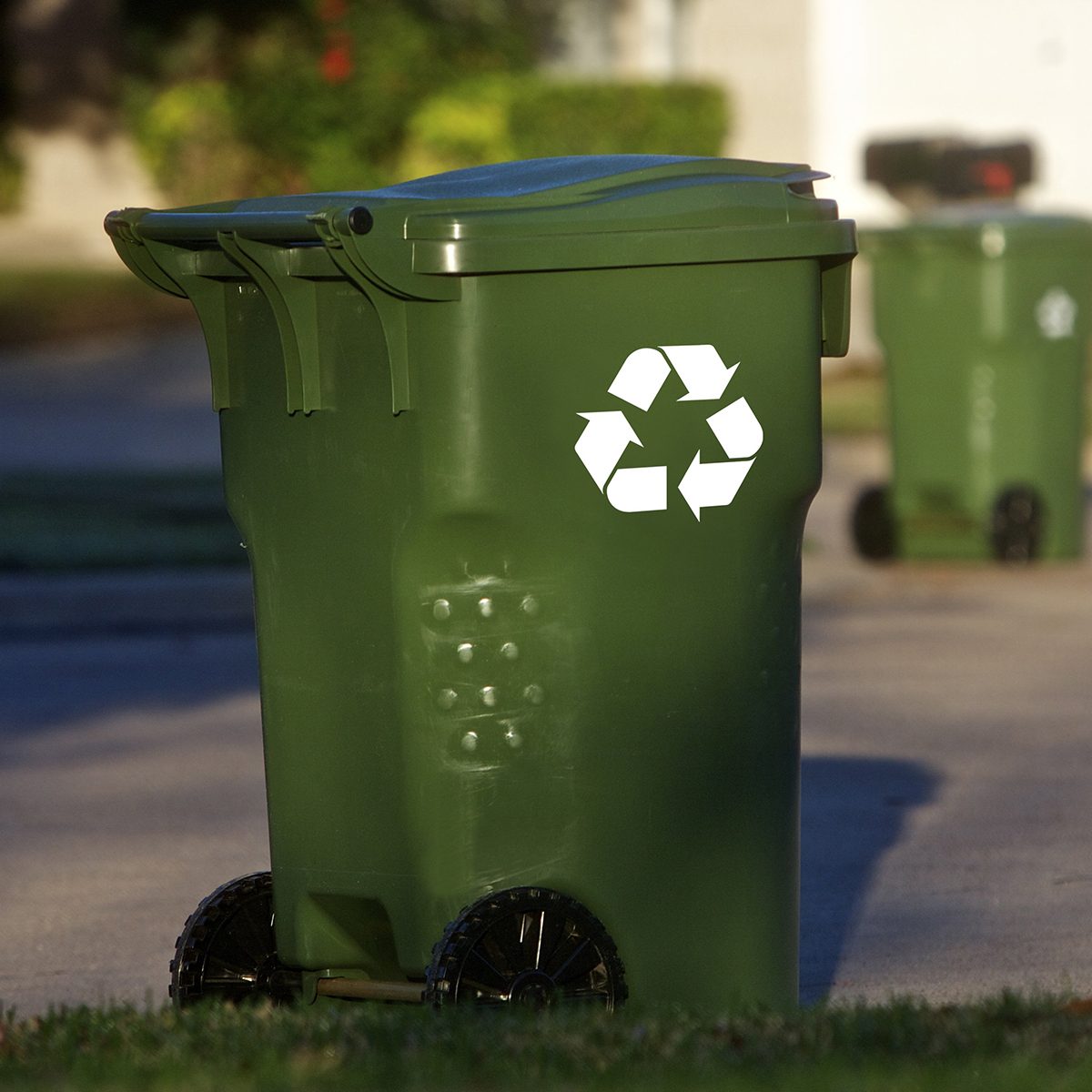
Your recycling is picked up curbside
Usually, after you toss a water bottle into the recycling bin, it will be picked up by waste collectors in a recycling truck But, not every state and municipality offers recycling programs. Did you know these 11 things aren’t recyclable?
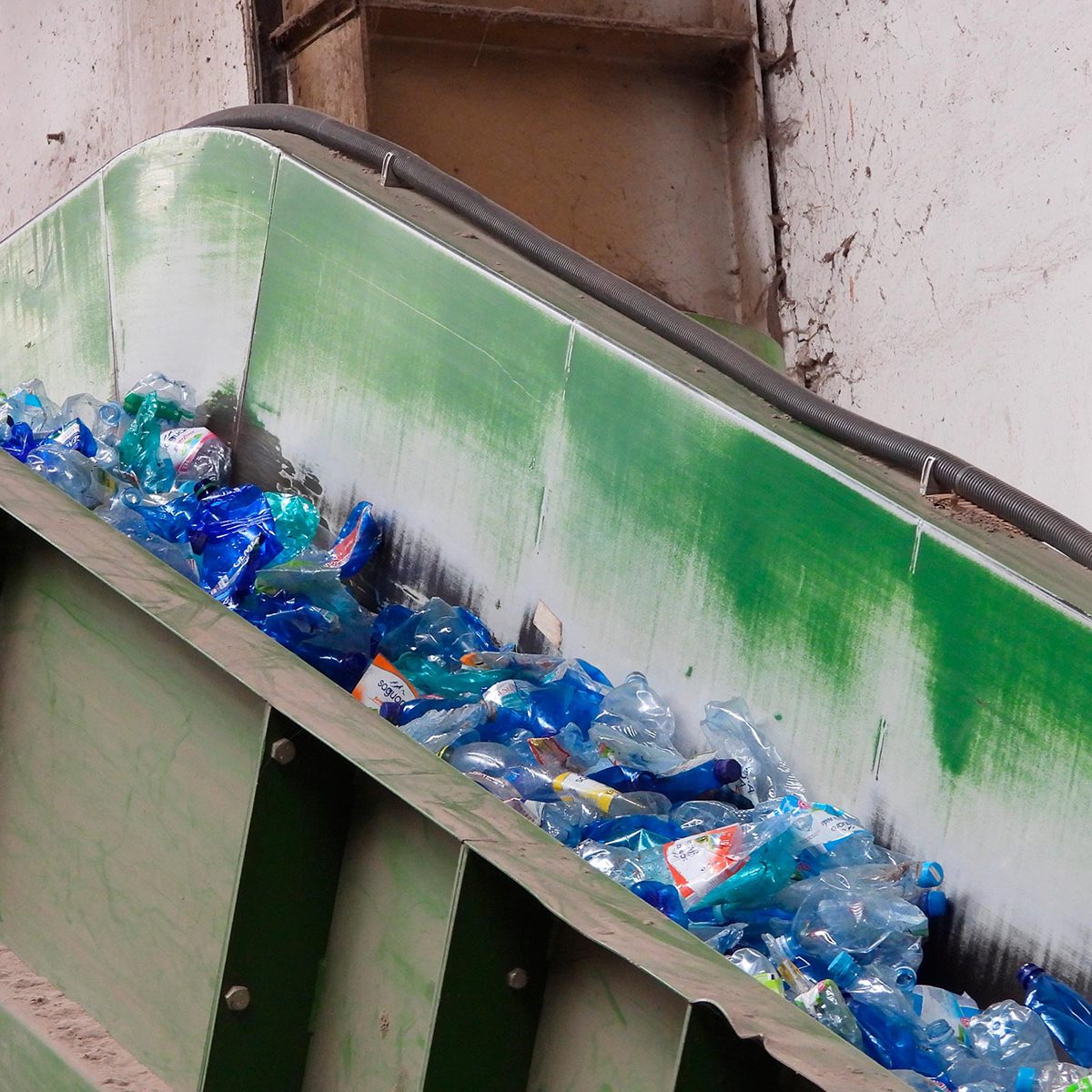
After pickup
From there, it’s taken to a neighborhood collection or material recovery facility (MRF) where it goes into a sorting system, explains Jeremy Walters, community relations manager at Republic Services. Depending on the facility, the sorting is done by employees, optical scanners or both. The #1 PET and #2 HDPE bottles are separated from glass, paper and the items that can’t be recycled. What isn’t fit for recycling is taken to the landfill. Here’s what happened when one of our editors went plastic-free for a week.
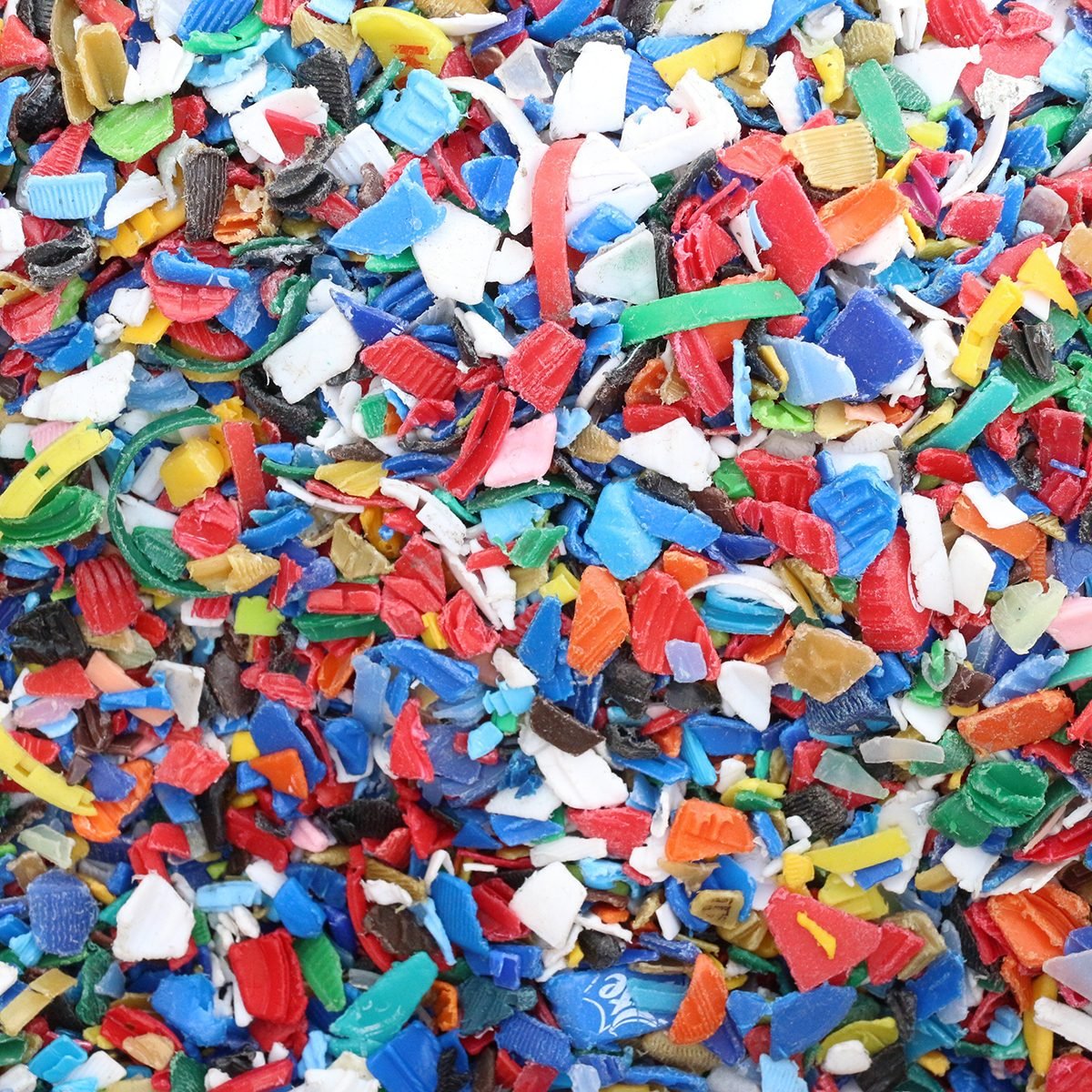
After sorting
After they have been sorted out, the PET (#1) and HDPE (#2) bottles are shredded and packaged separately at the facility. The shreds are filtered to remove impurities like paper before the plastic goes through the rest of the recycling process. Did you know that these 22 big companies are ditching plastic for good?
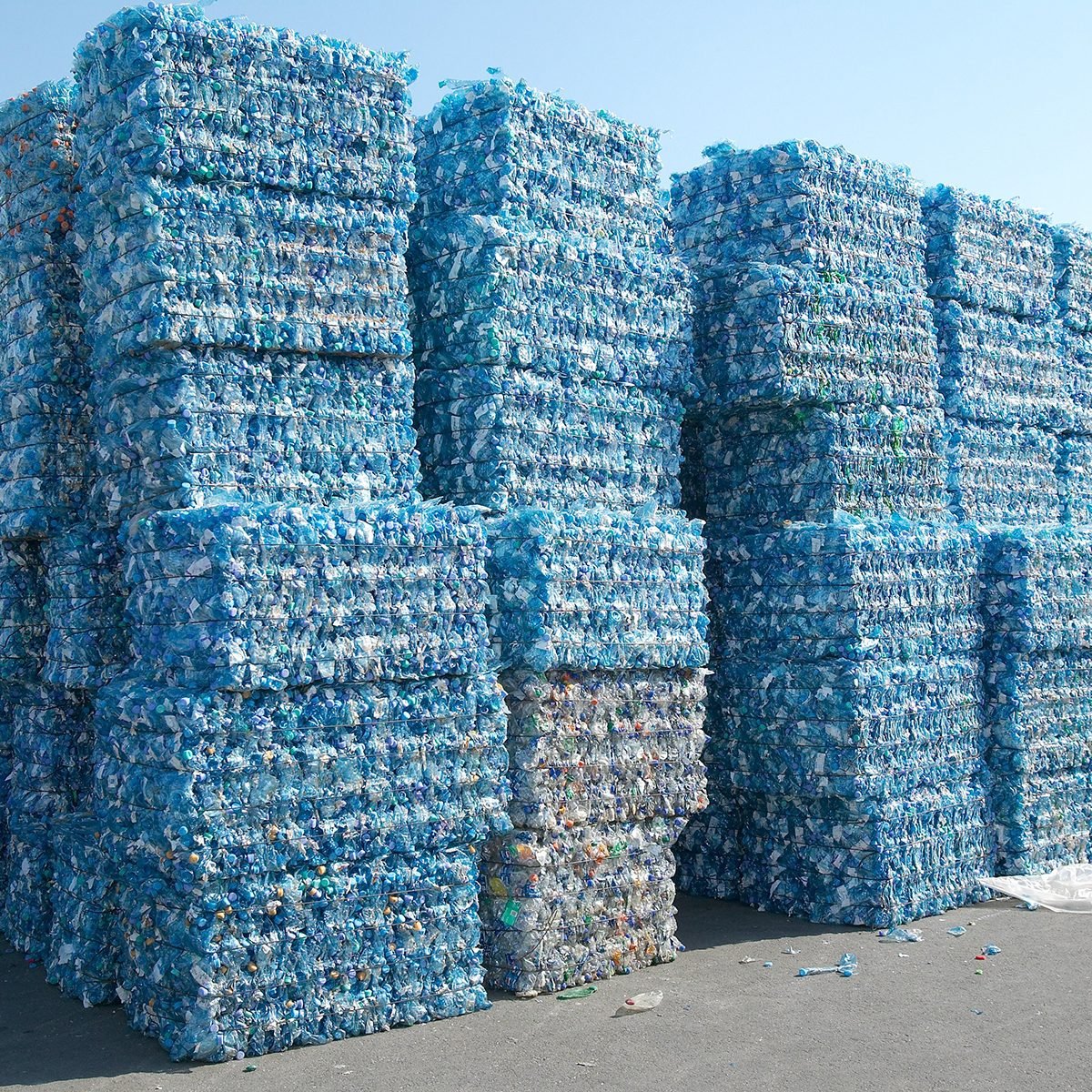
Plastics bales are sold
The MRF then sells the plastic bales to plastic processors, who will use the recycled plastic to make new products, explains Jan Dell. In 2017, 5,913 million pounds of PET (#1) bottles were sold in the United States with around 29.2 percent collected through recycling programs and sold to domestic or foreign markets, Dell says. Find out some nifty ways to repurpose bottles and jars.
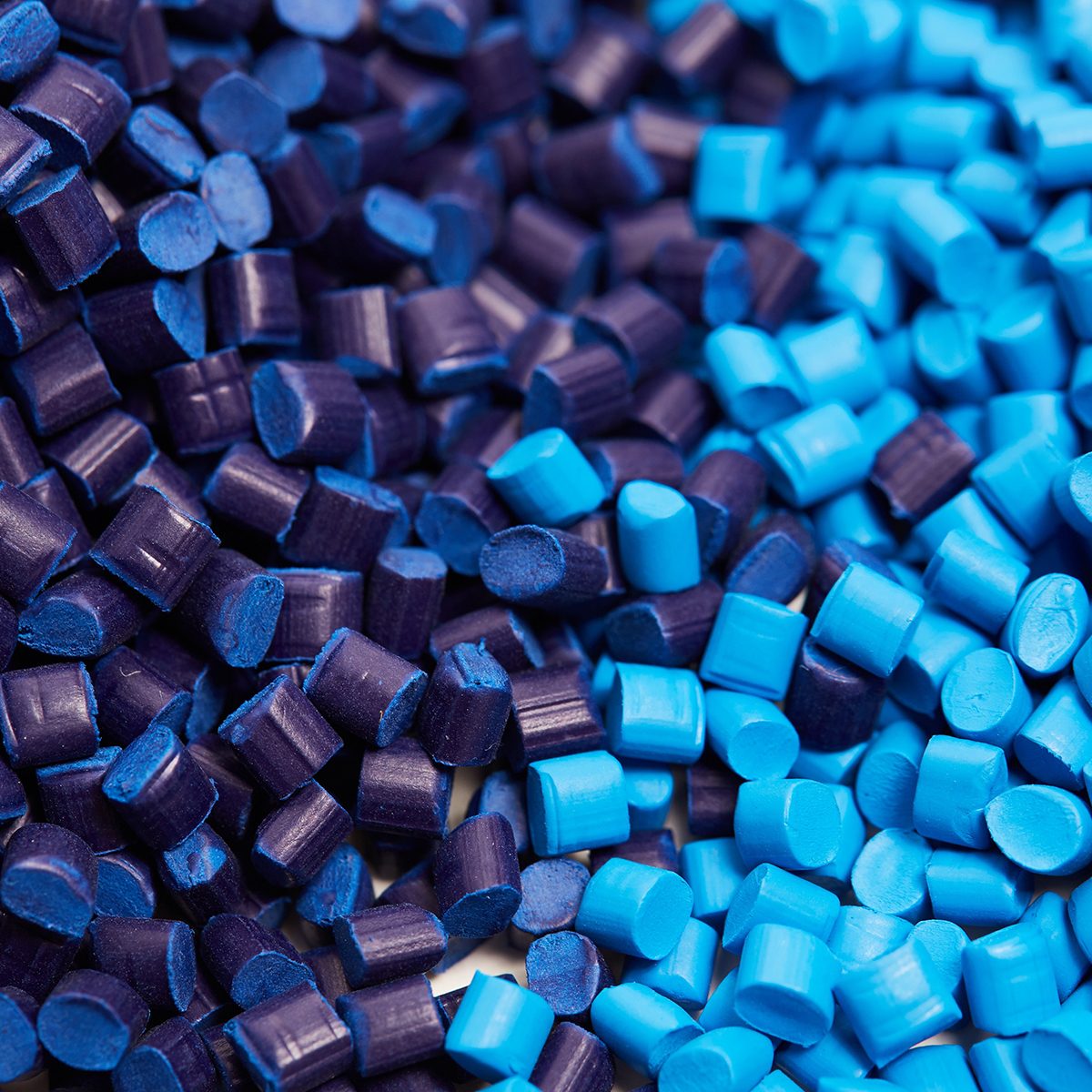
The next step
In mechanical recycling, clean bales of recycled PET (#1) plastics go to processors to be melted and formed into pellets. (HDPE plastics undergo a similar process.) “A batch of separated PET (#1) bottles that are clean is easily heated and broken down to be made back into a water bottle,” says James Rubin, CEO of Enviro Waste.
“A batch of separated PET (#1) bottles that aren’t clean enough can be broken down, heated and turned into fiber (aka polyester) for clothing or carpets.” Not all of the PET (#1) is recycled, however. “About 28 percent of the PET (#1) material gets wasted in the PET recycling process,” according to Dell. “For every 100 bottles collected in the bale, only 72 are effectively turned into pellets. This is what you need to know about reusing food containers.
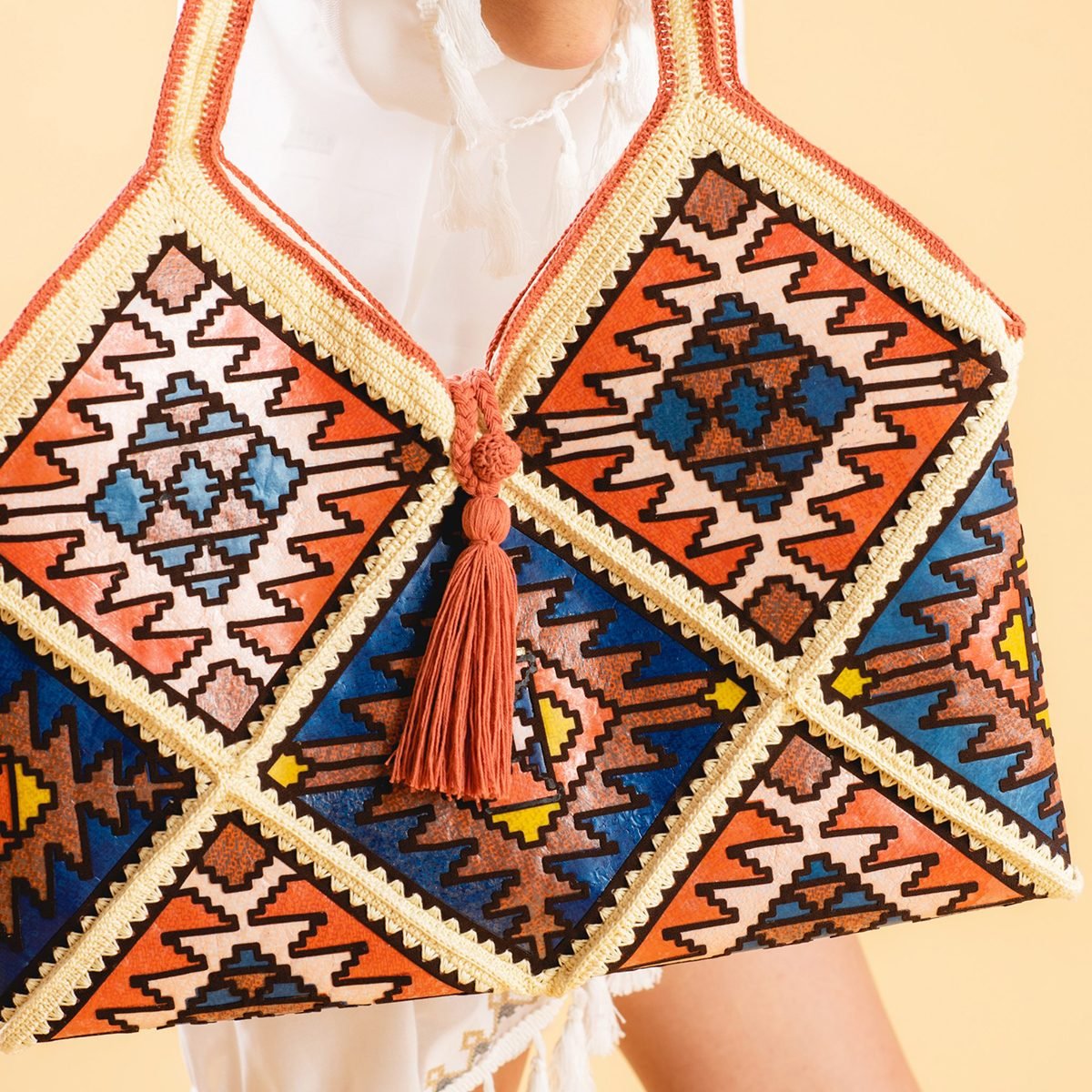
Onto a new life
Post-consumer plastics can be remanufactured for a wide array of products including carpet, upcycled polyester for clothing, recycled plastic building materials for outdoor furniture, decking and playground equipment. Recycled plastics are used for manufacturing new plastic bottles, containers for beauty products and durable plastics such as plant holders.
For example, each pair of Girlfriend Collective leggings save 25 PET plastic water bottles from ending up in landfills, each plank of Trex decking is made up of 95 percent recycled material and Green Toys are made of 100 percent recycled plastic. Next, read about the #1 mistake people make when recycling.
The post Here’s What Really Happens to Recycled Plastic appeared first on Taste of Home.
Lola Méndez